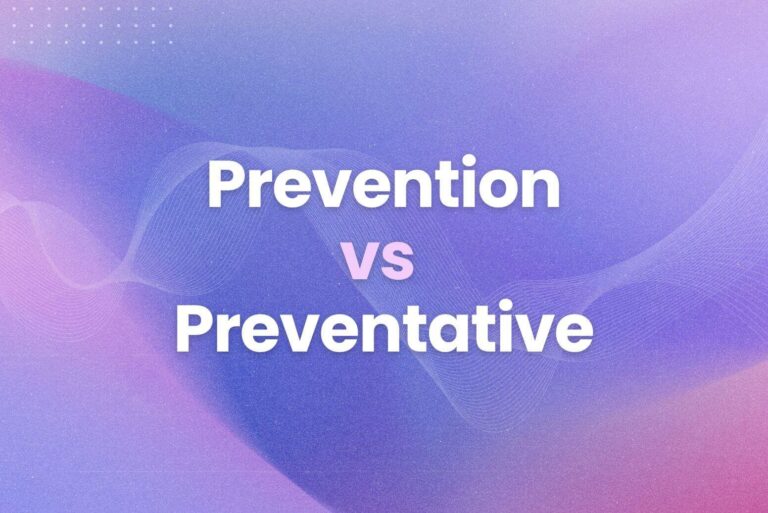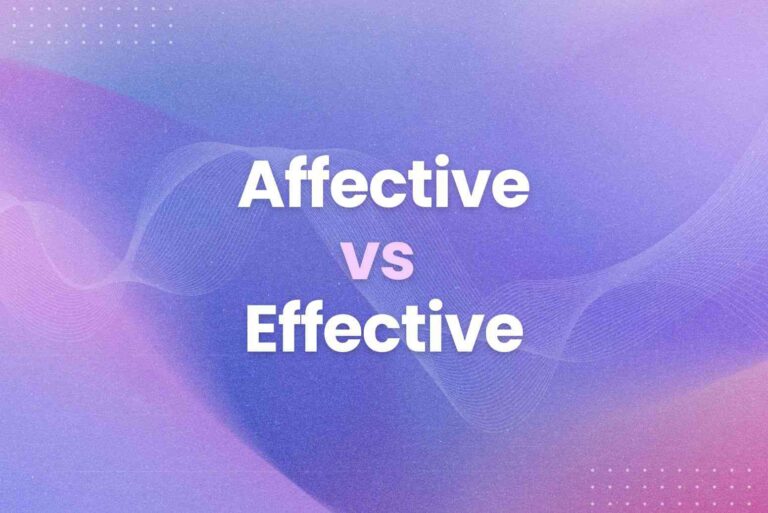Truly vs Truely: A Quick Guide to Avoiding This Common Mistake
We’ve all been there. Staring at the screen, fingers hovering over the keyboard, unsure if it’s “truly” or “truely.” It’s a spelling sneak attack that can trip up even the most experienced writers.
But no need to worry. This guide is your ultimate tool to learn this common mistake and write with confidence.
Here’s the intel:
- Firstly, the correct spelling: truly (no “e”)
- Then, why “truely” is incorrect
- Lastly, easy tricks to remember the correct spelling
Let’s get started.
“Truly” Is the Only Way
Let’s get one thing straight: the correct spelling is truly. No “e” required. Think of it as “true” with an “-ly” attached. Simple, right?
But why is this such a common mix-up? Well, many adverbs end in “-ly,” like “quickly” and “happily.” So, it’s easy to assume that “truly” follows the same pattern. However, “truly” is an exception. It’s like that one friend who always breaks the mold.
And just in case you were wondering, there’s no such word as “truely.” It’s simply a misspelling that has managed to sneak its way into our writing. But with a little vigilance, we can banish it for good.
The History of “Truly”
Ever wondered where the word “truly” came from? Let’s hop in our time machine and journey back to uncover its origins.
“Truly” has quite the history, first appearing way back in Old English. To clarify, it’s a descendant of the word “trēowlīċe,” which meant “truly” or “faithfully.” Consequently, over time, the word transformed and ultimately became the “truly” we use today.
However, the misspelling “truely” has also been lurking around for ages. But, it’s never been accepted as a correct spelling. It’s like that one sock that always goes missing in the laundry.
Therefore, the next time you use “truly,” remember its long and fascinating history and how it has survived the test of time. Moreover, if you ever feel tempted to add that extra “e,” just think of all the writers throughout history who have used “truly” correctly. You’re following in the footsteps of literary giants.
Why “Truely” Doesn’t Exist
In English, we often add “-ly” to adjectives to turn them into adverbs. Think “sad” becoming “sadly” or “quick” transforming into “quickly.”
You might expect “true” to follow the same rule and become “truely,” right? But English loves to throw curveballs. Sometimes, when adding “-ly,” we need to drop the final “e” from the adjective.
That’s exactly what happens with “truly.” It’s like a magic trick where the “e” disappears. This is similar to how “due” becomes “duly” and “whole” transforms into “wholly.”
Think of it this way: the “e” gets shy and hides when the “-ly” comes along.
“Truly Examples
Seeing “truly” used correctly in sentences can help solidify its proper spelling in your mind. Here are a few examples:
- “I truly appreciate your help.”
- “That was a truly amazing performance.”
- “She is truly a gifted artist.”
Notice how “truly” modifies the verbs and adjectives in these sentences, adding emphasis and sincerity. It’s like adding a little extra oomph to your words.
Some Memory Tricks on Truly vs Truely
Remembering the correct spelling of “truly” is easier than you think. Here are a few tricks to help you become a spelling superstar of Truly vs Truely:
- Visualize it: Picture the word “truly” in your mind. Focus on the absence of the “e.” You can even write it down several times to reinforce the correct spelling.
- Make a connection: Associate “truly” with another word you know how to spell, like “truly amazing.” This can create a mental link that helps you remember.
- Say it out loud: Pronounce “truly” slowly and clearly. Pay attention to the sounds and how the word feels in your mouth. This can help you internalize the correct spelling.
- Use a mnemonic device: Create a silly sentence or phrase to help you remember. For example, “True friends ly by your side.”
With a little practice, you’ll be spelling “truly” like a pro in no time.
And if those tricks aren’t enough, there’s always Arvin. This AI-powered browser extension is like having a grammar guru by your side 24/7. With Arvin’s grammar checker, you can catch spelling errors (like “truely”) before they even happen.

Never Second-Guess “Truly” Again
Now, you’ve got the knowledge to confidently use “truly” in your writing. No more hesitation, no more doubt. Just pure, unadulterated spelling confidence.
Here’s a quick recap of what we covered on truly vs truely:
- Firstly, “truly” is the only correct spelling.
- Secondly, “truely” is a misspelling.
- Lastly, memory tricks can help you remember the correct spelling.
Ready to write with confidence and say goodbye to grammar gremlins? Arvin is your AI-powered writing companion that can help you catch spelling errors and grammar slip-ups in real-time.
It’s like having a personal editor built right into your browser. With Arvin by your side, you can focus on what matters most: expressing yourself clearly and effectively.
FAQs About Truly vs Truely
It’s truly, without the “e.” That’s the only correct spelling. “Truely” is simply a misspelling.
Is “truely” a real word?
NO. “Truely” is not a real word. It’s just a common misspelling of “truly.”
In English, we often add “-ly” to adjectives to create adverbs. However, sometimes we need to drop the final “e” from the adjective before adding “-ly.” That’s the case with “truly.” Similarly, “due” becomes “duly,” and “whole” becomes “wholly.”
It’s all about following the rules of English spelling. When adding “-ly” to certain adjectives ending in “e,” we drop the “e.” For example, “true” becomes “truly,” and “simple” becomes “simply.”
Always use “truly” in a letter, or any other type of writing. In other words, “truely” has no place in your vocabulary.
In conclusion, “truly” is the correct spelling, and “truely” is a misspelling. Most importantly, remember that Arvin can help you catch these types of errors and write with confidence.





